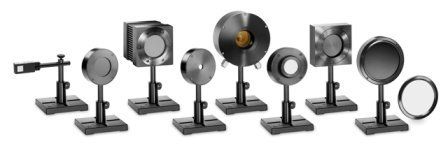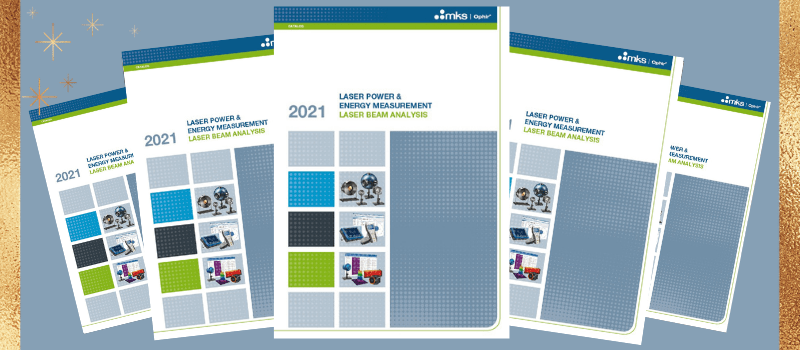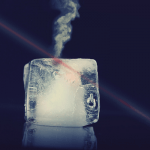The biggest issue is picking out the appropriate sensor that will measure the laser light (most will measure other types of broadband light as well). Since it is not trivial to find the best sensor for a given application, we recommend using our Sensor Finder available on our website that automatically calculates the best sensor for the measurement conditions you input.
However, let us list below the main criteria:
- First of all, do you want to measure average power or pulse energy? If power, then choose a thermal or photodiode sensor. If energy, then if the repetition rate is less than one pulse every 5s, then you can use a thermal or pyroelectric sensor. If faster than that, then a pyroelectric.
- After you have chosen the type of sensor, then look at the dynamic range and choose a sensor that will be able to measure the highest and lowest power/energy you want to measure.
- Check that the sensor covers the wavelength region you want to measure.
- Now check the damage threshold. One needs to accurately know how much power or energy density one has in order to select a sensor that will not be damaged. To do that one needs to know the beam spot size, and what the energy distribution is, since for example a Gaussian beam has much higher density in the peak of the beam than a flat top or other modal beam. If the laser is pulsed, one also has to know the pulse length in time as most sensors have a different damage threshold value based on peak power; a shorter pulse with the same energy per pulse will give a much high peak power and will more readily damage the sensor. If one cannot seem to find a sensor that will not damage, then one needs to look at attenuation options <OR> to look into attenuation options including beam splitters, diffusers, ND filters and possibly measuring just the leakage through a mirror.

In the above analysis there are some trade-offs:
- Dynamic range that one needs to measure. Typically one can get roughly 3 ½ decades of range from a single sensor. ND filters and/ or other attenuation options can extend that by any number of decades. Of course with each attenuation option the uncertainty of the measurement increase, so the trade-off here would be dynamic range with a single sensor and extending with attenuators but having to sacrifice uncertainty, therefore accuracy. One may find that it may be better to have 2 sensors, one more sensitive and one able to measure higher power or energy.
- Multiple lasers. Many end-users try to measure as many lasers as they can with as few sensors as they can in order to reduce their cost. To do this there may be some trade-offs. Maybe one won’t be able to cover their full dynamic range of each laser measurement, or they have to sacrifice accuracy to cover their full range. In some cases they’ll just have to get more sensors to cover all their lasers. The trade-off here is cost.
- Physical size of the sensors. Most end-users usually want the smallest physical size sensor possible or maybe a large aperture with large sensing area, but the housing small. There may be some trade-offs there. If it’s high power, there may be an issue in cooling the sensor; either through convection, conduction, forced-air, or water. Each comes with its own trade-off. If attenuators are used, the space they require may be an issue.
A more detailed guide to selecting the optimal sensor for a given application can be found in our online Tutorial https://www.ophiropt.com/laser-measurement-instruments/laser-power-energy-meters/tutorial/select-sensors. And again, use the sensor finder to point you in the right direction.
You might also like to read:
The New Sensor Finding Program Can Now Be Found On Our Site
Laser Power / Energy Sensor: How to properly select your sensor
Share this:










Leave a Reply
Your email address will not be published. Required fields are marked *